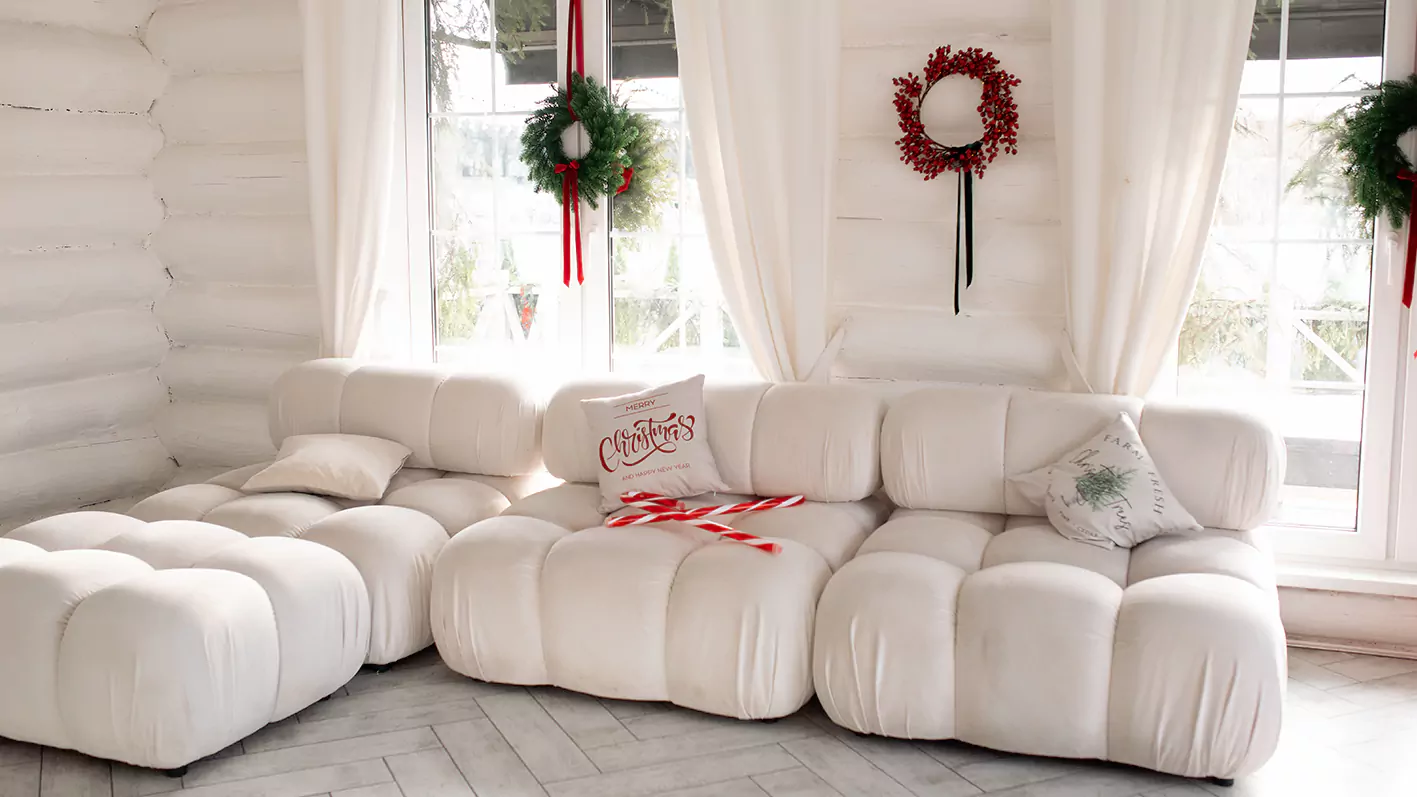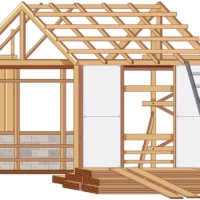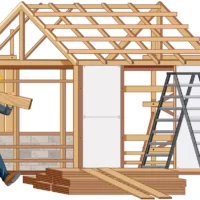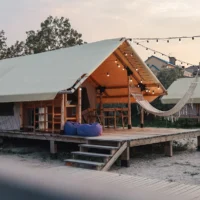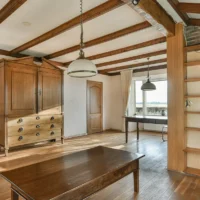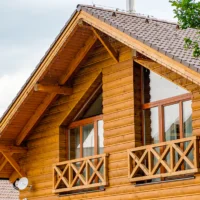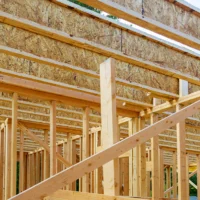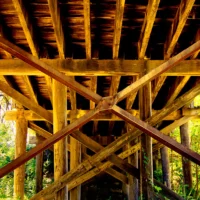Table of Contents
Introduction: The Timeless Charm of White Log Cabins
White log cabins are capturing the imagination of homeowners, designers, and cabin lovers alike. Their unique blend of rustic authenticity and contemporary elegance makes them stand out in a sea of traditional wood-toned retreats. Whether tucked into mountain landscapes or perched beside serene lakes, white log cabins offer a refreshing take on timeless architecture.
As more people seek homes that reflect both nature and modern minimalism, white log cabins have become a rising trend. Their crisp, clean appearance not only enhances natural light but also gives an airy, sophisticated feel that traditional log homes often lack.
Why White Log Cabins Are Trending
In today’s design-forward world, white exteriors and interiors symbolize cleanliness, calm, and clarity—qualities highly sought after in both primary residences and vacation homes. Social media platforms like Pinterest and Instagram are filled with aesthetic white cabin inspirations, fueling the trend further.
Minimalist design trends such as Scandinavian decor and modern farmhouse style emphasize bright spaces with natural wood textures—making white log cabins a perfect fit. These cabins also pair seamlessly with popular decor elements like black window frames, raw wood beams, and cozy textures.
A Blend of Rustic Roots and Modern Living
What makes white log cabins so appealing is their ability to maintain the rustic soul of a traditional log home while embracing the clean sophistication of modern living. Instead of heavy, dark interiors, a white finish opens the space—offering a bright, inviting atmosphere that feels timeless yet current.
White log cabins can be customized for both off-grid living and high-tech modernity. Whether you’re looking for a quiet retreat or a stylish Airbnb rental, these cabins provide flexibility without sacrificing charm.
What Makes a Log Cabin "White"?
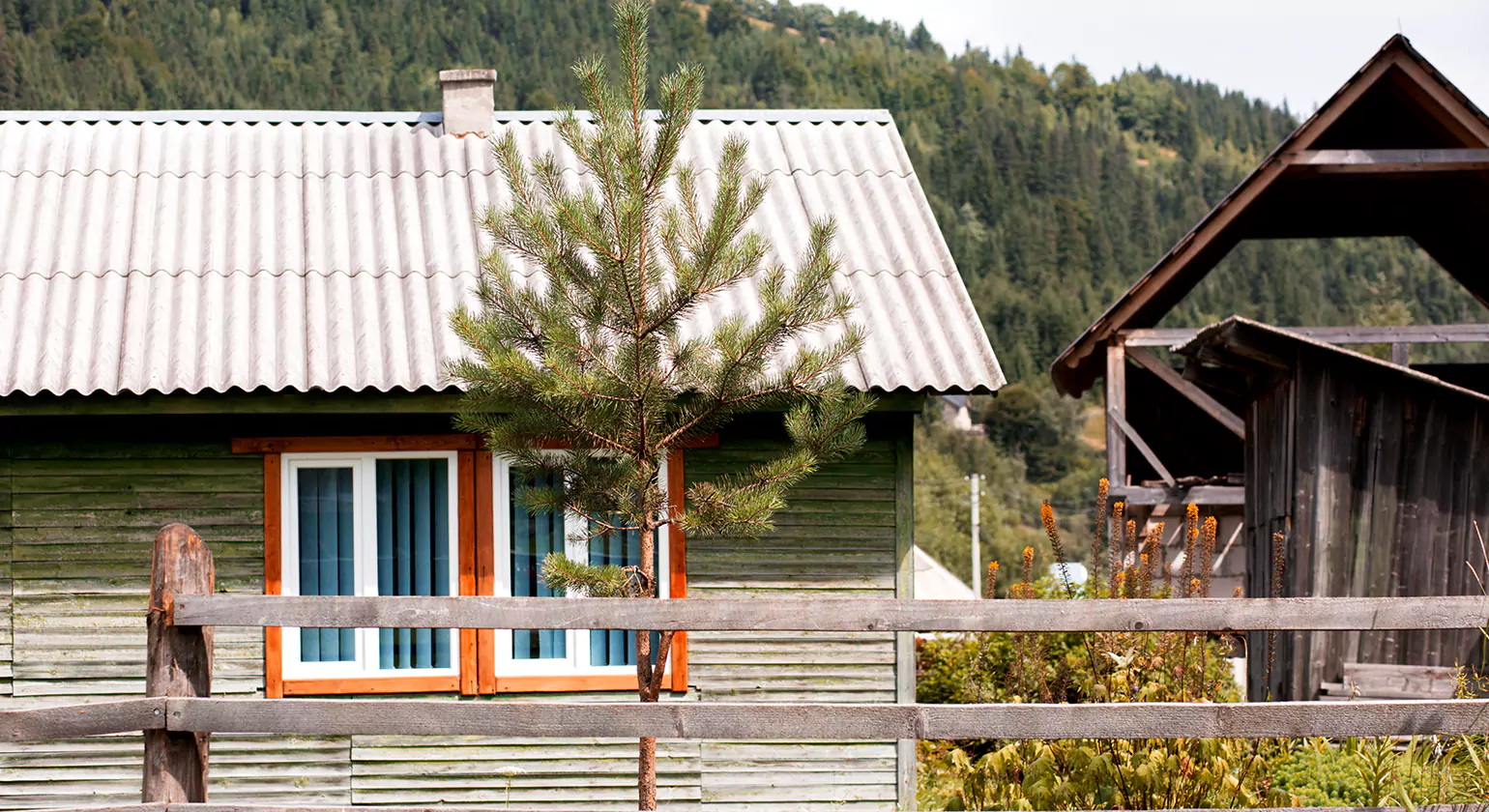
Natural Wood vs. Painted Finishes
A white log cabin doesn’t have to mean sterile or overly modern. In fact, many homeowners use white paint or stain to enhance the natural grain of the logs, maintaining a rustic appearance while upgrading the aesthetic.
There are generally two approaches:
- Natural wood with light finishes – This keeps the organic character of the logs while softening their color.
- Fully painted exteriors and interiors – Ideal for those who want a clean, uniform look that maximizes light reflection.
Both options allow for unique personalization depending on the desired mood and setting of the cabin.
Whitewashing, Bleaching, and Staining Options
There are several techniques to achieve the perfect white finish:
- Whitewashing – A mix of paint and water that allows the wood grain to show through for a weathered, aged look.
- Bleaching – A chemical process that lightens the wood, often used to prepare for staining or sealing.
- Staining – White or grayish stains enhance the cabin’s texture while offering UV protection.
Each method provides a different level of opacity and finish, giving homeowners flexibility based on maintenance preferences and visual goals.
Top Reasons to Choose a White Log Cabin
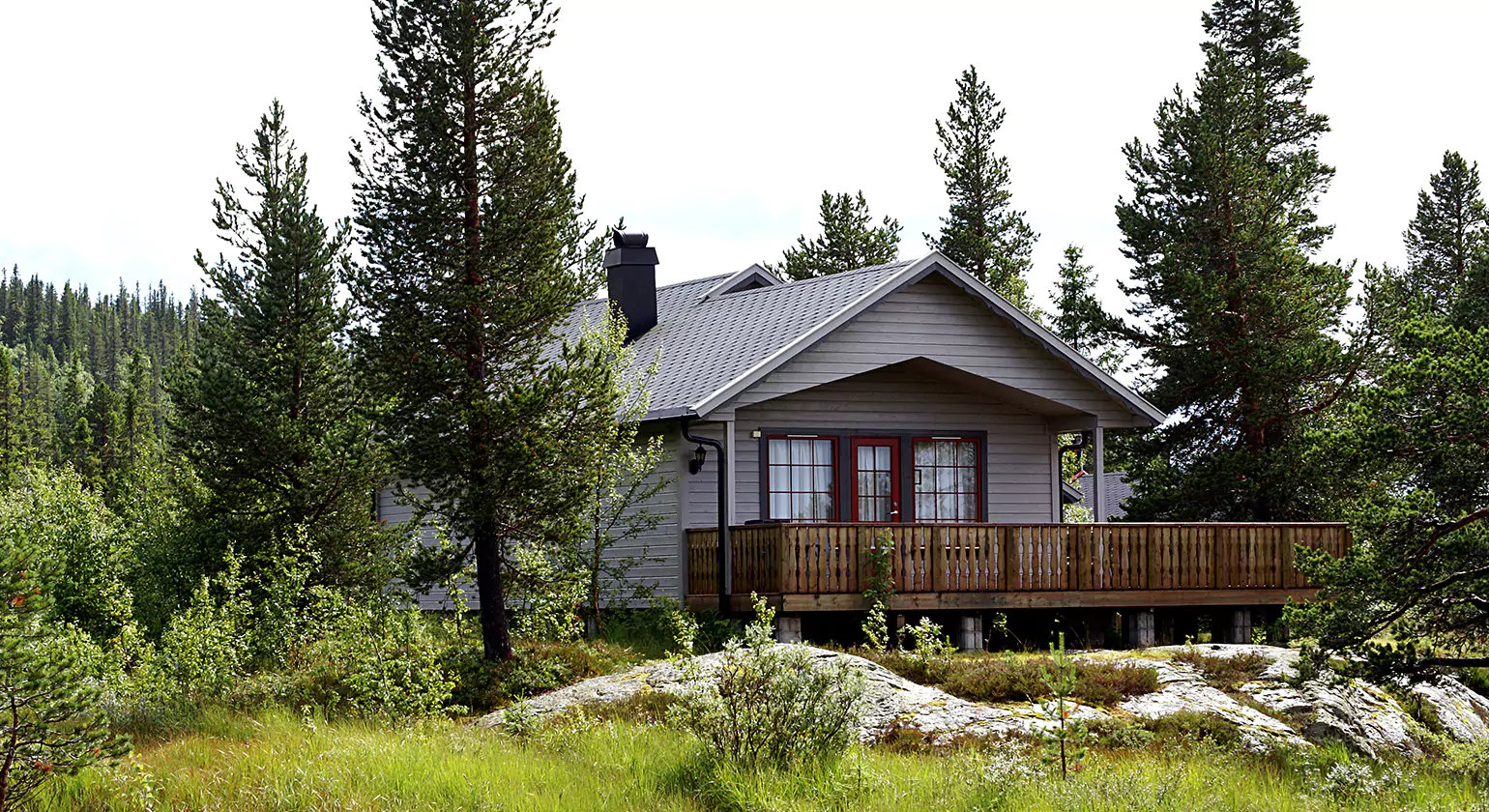
Visual Appeal & Uniqueness
White log cabins stand out for their striking contrast against natural backdrops—green forests, blue lakes, or snowy mountains. They offer a clean canvas that enhances architectural features, landscaping, and decorative elements.
Because white cabins are less common than their dark-stained counterparts, they naturally draw attention and provide a one-of-a-kind aesthetic that photographs beautifully and feels refreshing year-round.
Light Reflection & Energy Efficiency
White exteriors reflect more sunlight than darker hues, making them cooler in warmer months—a big bonus for summer cabins. Inside, white walls amplify natural light, making even small cabins feel spacious and bright. This enhanced luminosity can reduce the need for artificial lighting during the day and create a warm, inviting ambiance at night.
Perfect for All Seasons and Settings
One of the key benefits of white log cabins is their seasonal adaptability:
- Spring/Summer: They feel fresh and light, perfect for enjoying outdoor living.
- Fall: White provides a striking contrast to colorful foliage.
- Winter: In snowy settings, white cabins blend beautifully into the landscape, creating a serene, fairy-tale vibe.
Additionally, white log cabins work in diverse environments—from mountain retreats and woodland escapes to coastal settings and open prairies.
Design Styles That Complement White Log Cabins
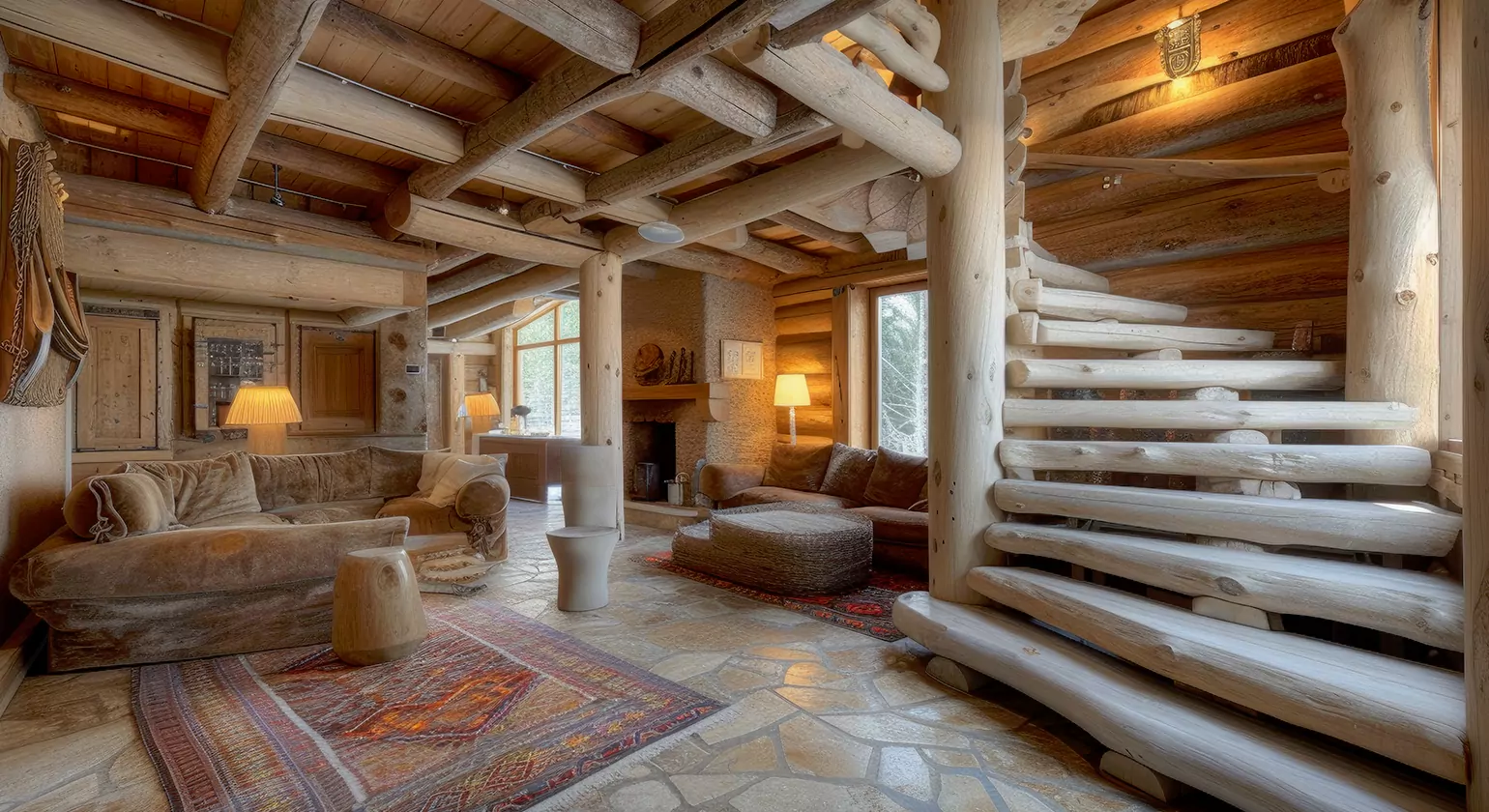
White log cabins serve as a blank canvas for a variety of design aesthetics. Their neutral palette and rustic texture blend beautifully with several trending styles. Whether your goal is a serene getaway or a chic full-time residence, these four popular design styles are perfect for enhancing the look and feel of your white cabin.
Scandinavian Minimalism
Scandinavian design is a natural match for white log cabins. This style emphasizes simplicity, functionality, and natural light, all of which align beautifully with the whitewashed log aesthetic. Think clean lines, light wood accents, cozy textiles, and minimalist furniture.
To achieve this look:
- Stick to a monochrome or soft neutral palette
- Use natural materials like wool, linen, and untreated wood
- Opt for sleek, low-profile furniture to maintain open space
Farmhouse Charm
For those who love a cozy, lived-in feel, modern farmhouse design works wonderfully with white log cabins. This style brings in rustic elements like reclaimed wood, vintage décor, and metal finishes, creating warmth and personality.
Key farmhouse design features include:
- Shiplap walls or ceilings
- Black iron fixtures and barn-style lighting
- Woven baskets, distressed furniture, and cozy throws
The mix of white logs and farmhouse accents results in a timeless, inviting atmosphere perfect for family gatherings or weekend getaways.
Boho-Rustic Fusion
A boho-rustic cabin is ideal for creative spirits who love to mix textures, colors, and global influences. This style allows more freedom in design and pairs effortlessly with white interiors, making them feel vibrant without overwhelming the space.
To pull off the boho-rustic look:
- Layer colorful rugs, macramé wall art, and eclectic pillows
- Use earthy tones like terracotta, sage, and mustard
- Incorporate vintage or handcrafted decor for authenticity
This fusion of bohemian flair and rustic charm adds character to a white log cabin while maintaining a relaxed, homey feel.
Coastal and Lakeside Vibes
White log cabins near water—whether oceans, lakes, or rivers—lend themselves beautifully to coastal design. This breezy, relaxed style emphasizes light colors, natural textures, and an open, airy ambiance.
For a coastal-themed cabin:
- Use blue and sandy beige accents
- Decorate with driftwood, rope decor, and nautical art
- Choose sheer curtains and open shelving to maintain flow and brightness
White log walls enhance this design by reflecting natural light and creating a tranquil, beachy environment.
Best Exterior Combinations for White Log Cabins
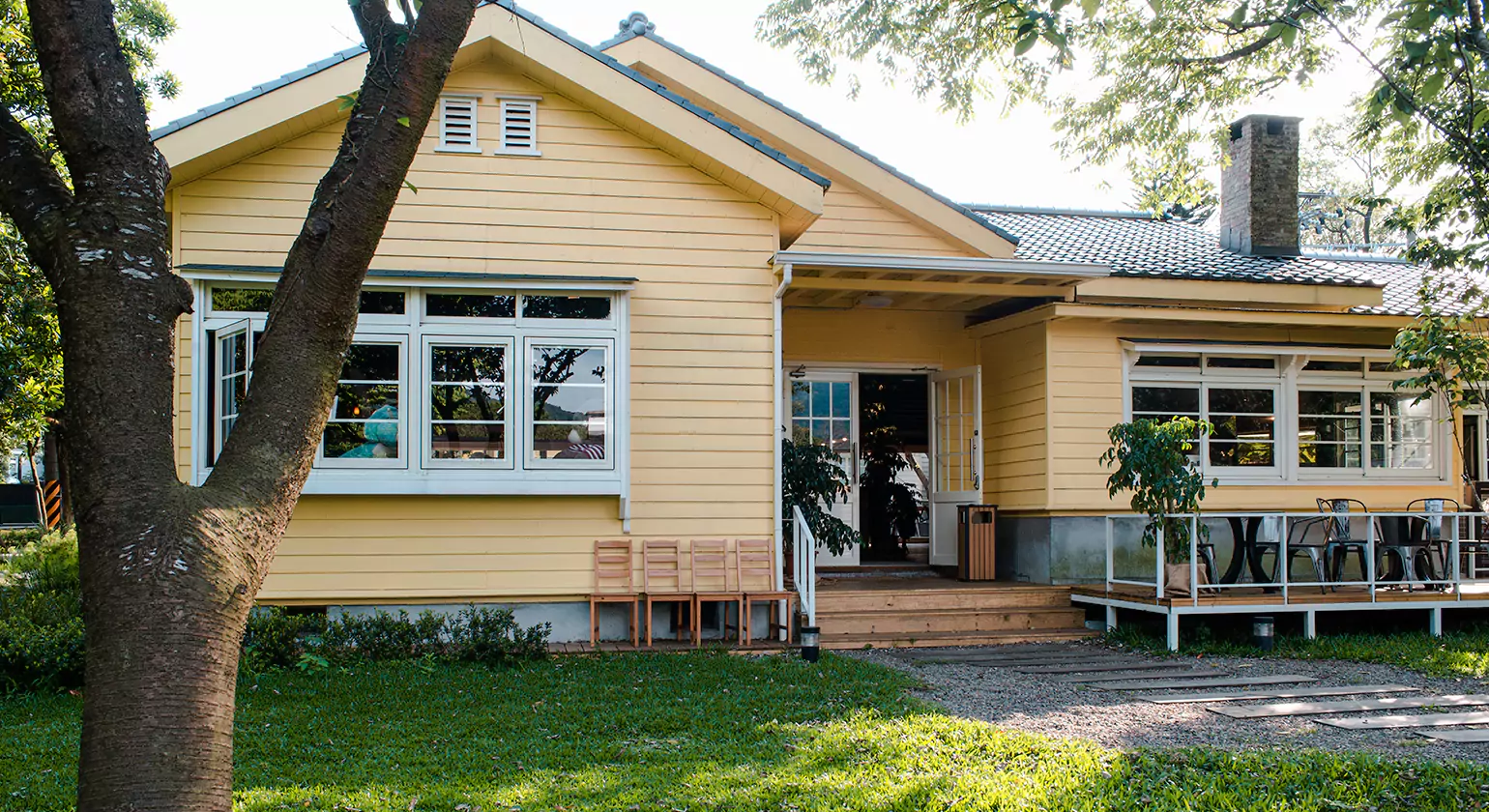
The exterior of a white log cabin is just as important as the interior when it comes to style and curb appeal. Here’s how to make your cabin stand out from the moment guests arrive.
Roof Colors, Window Trims & Door Accents
A white exterior allows for striking contrasts or subtle blends, depending on your style preferences.
Popular roof colors for white log cabins include:
- Charcoal gray for a modern look
- Deep green for natural harmony
- Matte black for bold contrast
Trim and door ideas:
- Black window frames offer a sleek, modern touch
- Natural wood doors bring warmth and balance
- Soft gray or sage trims maintain a muted, minimalist feel
Combining color and texture in your exterior elements enhances the architectural beauty of the cabin while improving resale value and visual appeal.
Porch Designs, Decks & Outdoor Living Spaces
Porches and decks are essential to the cabin lifestyle, offering space to enjoy nature year-round. For white log cabins, the goal is to create cozy yet stylish transitions from indoors to outdoors.
Recommended ideas:
- Wraparound porches for panoramic views
- Exposed beams and timber posts for a rustic vibe
- Neutral or wooden outdoor furniture to complement the white backdrop
Add touches like string lights, outdoor rugs, or rocking chairs to create inviting spaces perfect for relaxation or entertainment.
Landscaping That Complements a White Cabin
Landscaping is a powerful way to enhance the beauty of your white log cabin. With the clean backdrop of white logs, greenery, stone, and wood accents stand out beautifully.
Consider the following:
- Use native plants and evergreens for low maintenance and year-round appeal
- Install stone walkways or gravel paths for texture and contrast
- Incorporate wooden fences or planter boxes to soften the edges
Lighting is key—solar lanterns or warm-toned LED path lights can highlight your landscaping features and make the cabin feel magical at night.
Interior Design Ideas for White Log Cabins
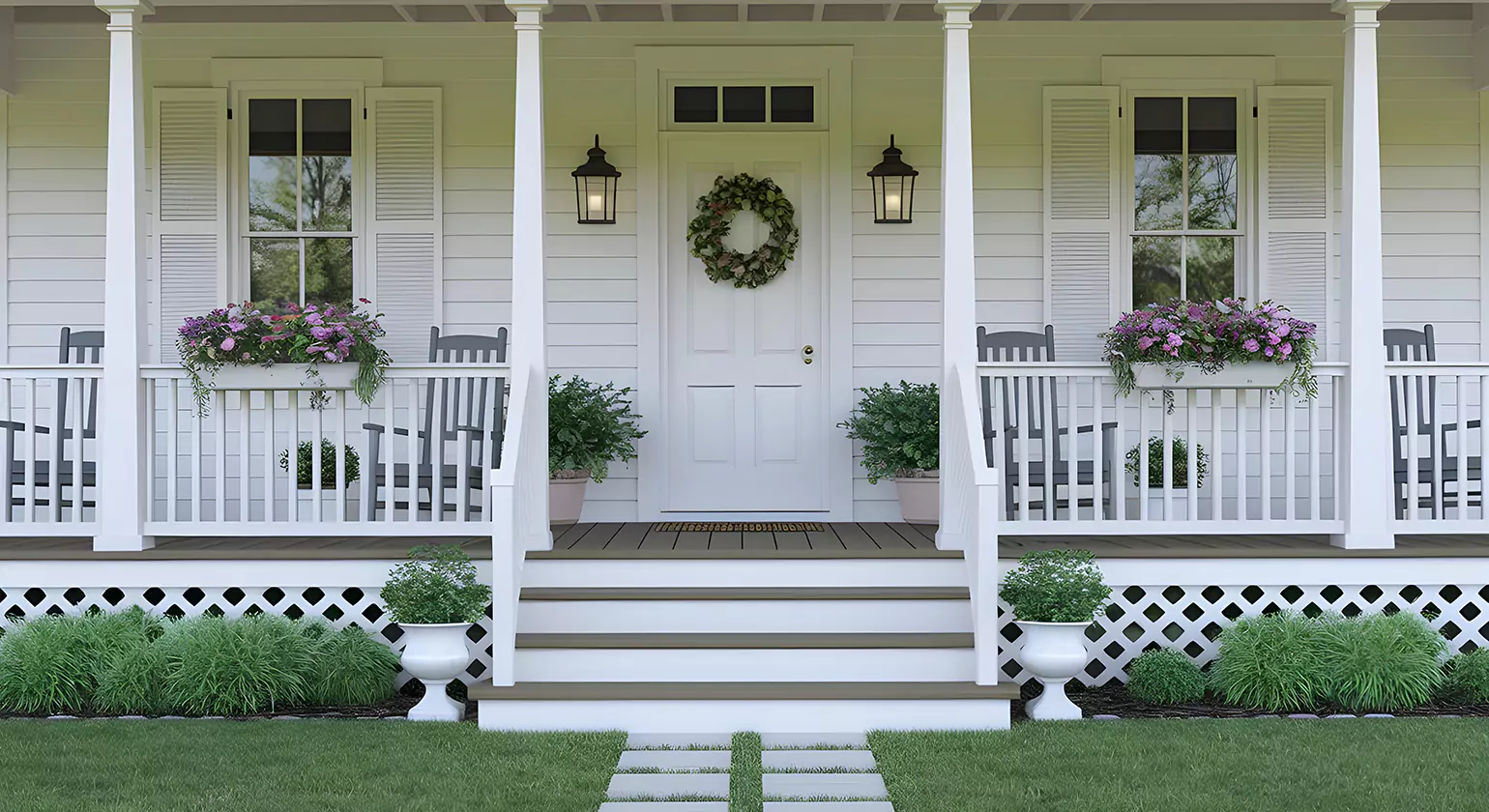
Inside the cabin, the whitewashed walls create a bright and spacious atmosphere. To make the most of it, choose elements that add warmth, contrast, and comfort.
Creating a Cozy Yet Bright Space
White interiors can feel cold if not balanced properly. Bring warmth into your cabin with:
- Layered textiles like chunky knit throws, area rugs, and curtains
- Natural materials such as jute, rattan, and raw wood
- Accent walls with wood paneling or soft paint colors like sage or taupe
The key is to create visual softness and textural contrast, so the space feels lived-in and inviting.
Furniture, Textiles, and Color Pairings
When furnishing a white log cabin:
- Choose light-colored woods or soft neutrals for a cohesive feel
- Add depth with navy, olive, rust, or charcoal accent pieces
- Use textiles in layers—think linen cushions, wool throws, and woven rugs
Mixing materials like leather, cotton, and reclaimed wood will enhance the rustic-modern vibe while maintaining the airy aesthetic.
Lighting Fixtures That Enhance White Interiors
Lighting plays a crucial role in setting the mood. For white log cabins, it’s best to:
- Use warm LED bulbs to avoid stark, clinical lighting
- Choose statement light fixtures like wrought iron chandeliers, pendant lights, or modern lanterns
- Add floor and table lamps in living areas for layered lighting
Strategic lighting not only highlights the architectural details of the logs but also enhances the comfort and usability of the space.
Modern Amenities in Traditional White Log Cabins
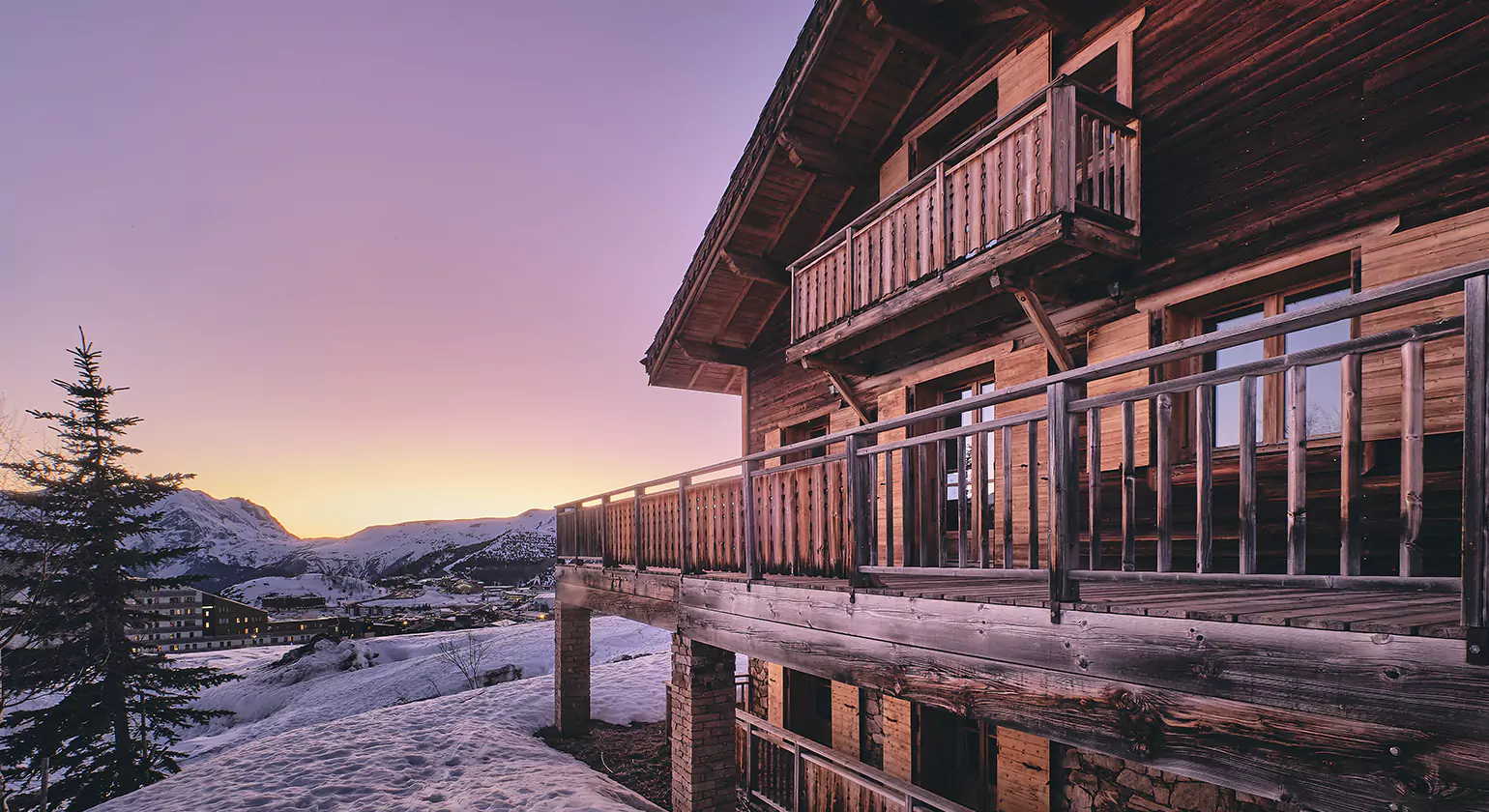
White log cabins beautifully merge the nostalgic charm of rustic living with the convenience of modern technology. Homeowners today are not only looking for aesthetics but also functionality, comfort, and sustainability. Thankfully, white log cabins can be easily updated with cutting-edge features while preserving their cozy, historic character.
Open-Concept Layouts
Open-concept design is a top trend in modern architecture, and it pairs perfectly with white log cabins. Removing unnecessary walls allows natural light to flow freely, making the interior feel larger and more connected. The bright white logs amplify this spaciousness, turning small cabins into expansive, breathable retreats.
Benefits of open layouts include:
- Easier flow between kitchen, dining, and living areas
- Better ventilation and natural light
- Ideal for entertaining or family gatherings
Design tip: Use area rugs and furniture groupings to subtly define spaces without closing them off.
Smart Home Features
You don’t have to sacrifice modern convenience for rustic charm. Today’s white log cabins can easily incorporate smart home technologies, making them energy-efficient, secure, and responsive to your lifestyle.
Popular smart upgrades include:
- Smart thermostats (like Nest or Ecobee) for temperature control
- Remote lighting systems for ambiance and security
- Voice-activated assistants for music, automation, and information
- Smart locks and surveillance cameras for added safety
These features are especially useful for vacation homes or Airbnb rentals, offering peace of mind when you’re away.
Energy-Efficient Upgrades
Sustainability is a major consideration for modern homeowners. White log cabins benefit from both traditional insulation (thick log walls) and modern energy-saving upgrades.
Ways to increase energy efficiency:
- Energy Star-rated windows and doors to reduce heat loss
- LED lighting for long-term savings
- Solar panels for off-grid energy solutions
- Proper chinking and sealing to prevent drafts and moisture
The result? Lower utility bills and a lighter environmental footprint—all while enjoying a stylish and timeless space.
White Log Cabins for Every Lifestyle
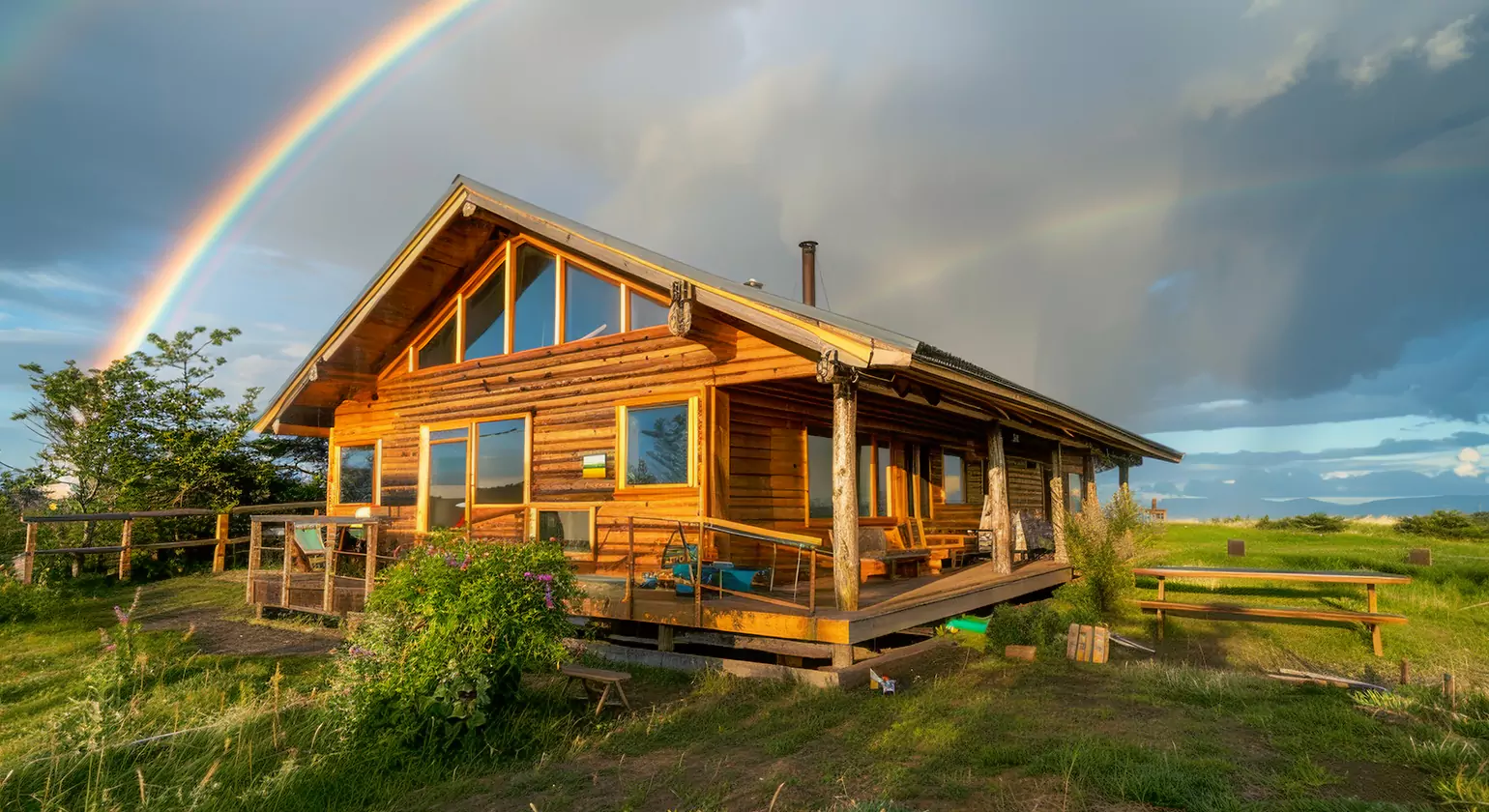
White log cabins aren’t just beautiful—they’re incredibly versatile. Whether you’re building a private getaway, a primary residence, or a rental income property, these cabins adapt to various lifestyles without losing their charm.
Vacation Homes
For weekend retreats or seasonal escapes, white log cabins are ideal. Their bright interiors and cozy features make them perfect for relaxation, while easy maintenance and compact layouts keep things stress-free.
Why they work as vacation homes:
- Easy to decorate for year-round appeal
- Bright interiors lift mood and boost relaxation
- Ideal for all-season enjoyment—warm in winter, cool in summer
Tip: Add a screened porch or fire pit area to enhance your outdoor living space.
Full-Time Family Residences
More families are choosing cabin living for its simplicity, sustainability, and serenity. White log cabins can be custom-built or renovated to accommodate full-time family life.
Features to consider:
- Multiple bedrooms and bathrooms
- Open kitchen and living area
- Mudroom or entryway storage
- Loft spaces or finished basements for added functionality
The white color palette keeps things light and open, even in smaller footprints, making it perfect for everyday living.
Eco-Friendly & Off-Grid Cabins
Off-grid living doesn’t mean giving up comfort. White log cabins are well-suited for sustainable living thanks to their natural materials and design flexibility.
Popular eco-friendly features:
- Rainwater collection systems
- Compost toilets or greywater recycling
- Solar power setups
- Natural ventilation and passive solar heating
Painting or staining the logs white can reflect heat and reduce cooling needs, making these cabins more comfortable and efficient in warm climates.
Airbnb & Rental Investment Options
With travelers seeking unique and Instagram-worthy stays, white log cabins are hot commodities on platforms like Airbnb and Vrbo. Their bright, photogenic interiors and cozy charm attract guests year-round.
Rental-friendly features:
- Studio or one-bedroom layouts
- Hot tubs, fire pits, or outdoor seating areas
- Themed decor or curated amenities
- Keyless entry systems for guest convenience
Pro tip: Use professional photography and promote the cabin’s aesthetic on social media to increase bookings.
How to Maintain the Beauty of a White Log Cabin
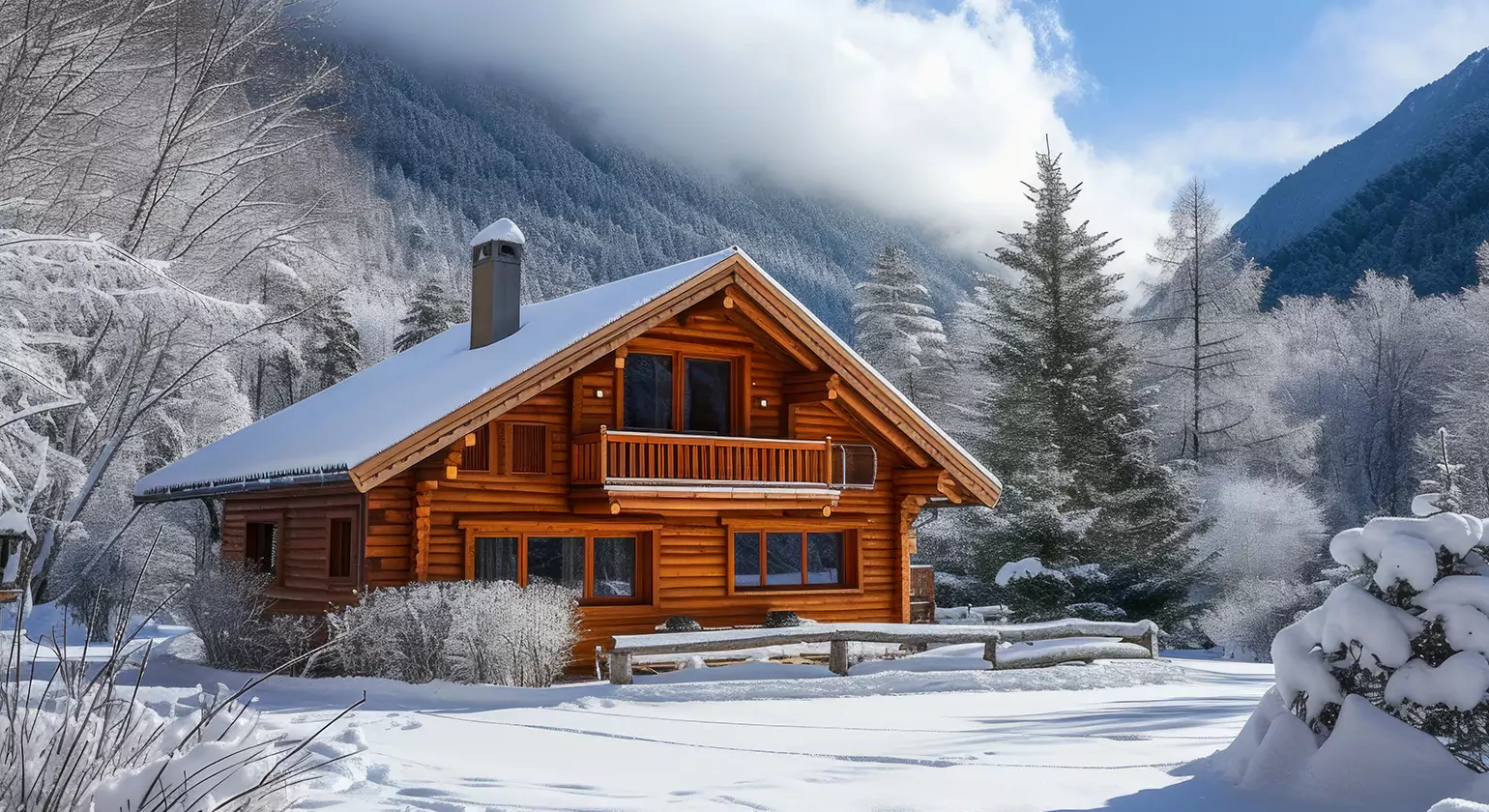
While white log cabins are stunning, they require regular care to keep them looking their best. Fortunately, with the right routine, maintenance is simple and manageable.
Cleaning, Repainting, and Weatherproofing
The bright finish of white log cabins can attract dust, dirt, and mildew more visibly than darker stains. Regular cleaning helps preserve their aesthetic appeal.
Maintenance checklist:
- Gently wash exterior surfaces with a soft brush and mild cleaner every 6–12 months
- Repaint or touch up white finishes every 5–7 years, depending on climate and exposure
- Apply weatherproof sealant annually to protect against moisture damage
Choose high-quality exterior paints or stains with UV resistance and mildew inhibitors for the best results.
Tips for Mold, Mildew, and UV Protection
White log cabins, especially in humid or wooded areas, are susceptible to mold and mildew. Combat this with smart prevention:
- Keep gutters clean and divert water away from the foundation
- Trim back plants and trees to reduce shade and moisture buildup
- Use breathable sealants that allow moisture to escape without compromising protection
For UV protection, opt for sun-resistant topcoats to preserve the white finish and prevent yellowing or fading over time.
Seasonal Maintenance Checklist
Spring:
- Inspect for winter damage
- Wash exterior and windows
- Reseal logs as needed
Summer:
- Check for mold or mildew
- Clean outdoor furniture and decks
- Repaint or restain if necessary
Fall:
- Clear leaves from roof and gutters
- Inspect chinking for cracks
- Prep heating systems
Winter:
- Ensure proper insulation
- Monitor for ice dams or leaks
- Keep paths clear of snow
Popular Locations for White Log Cabins in the U.S.
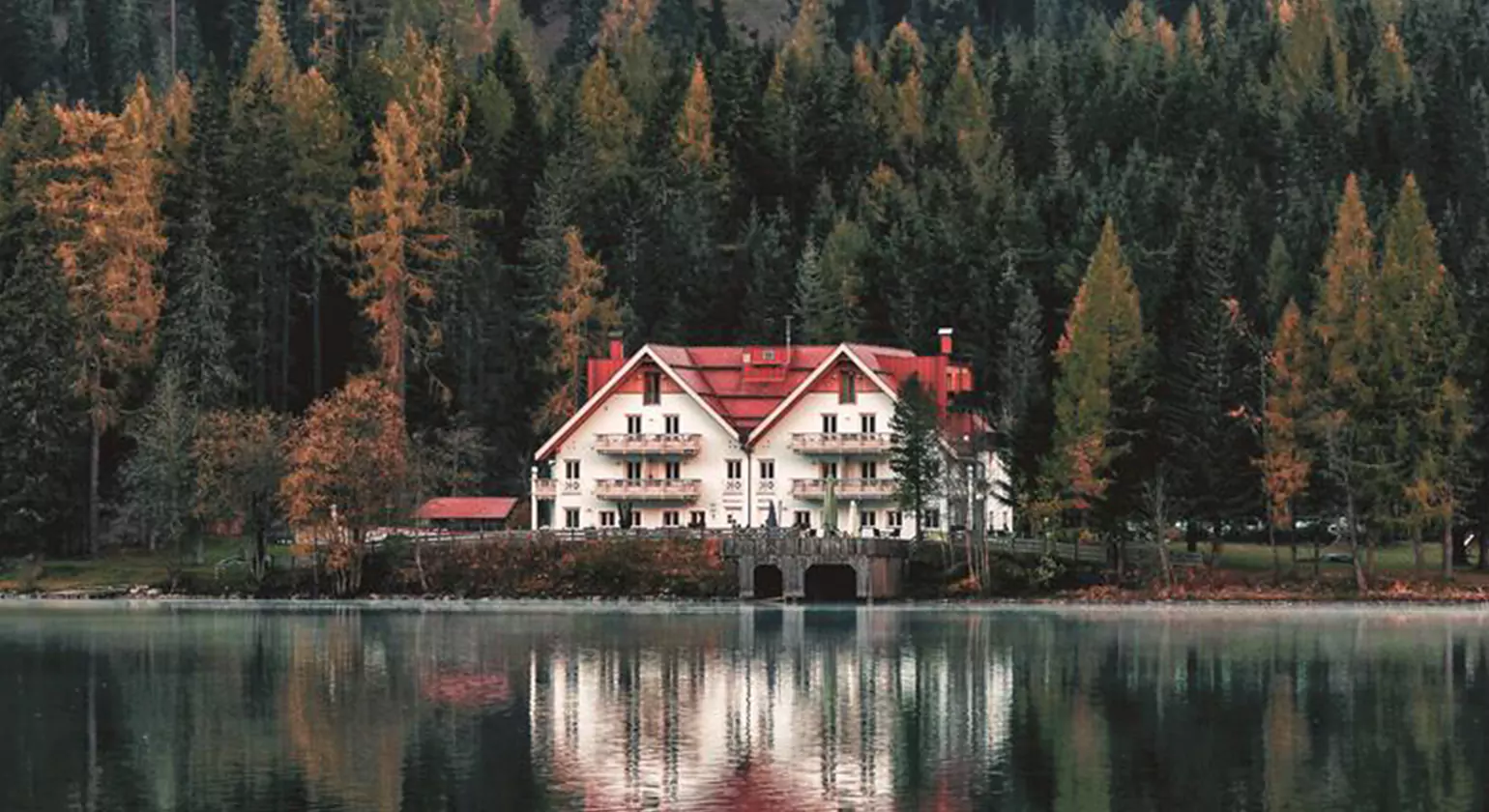
White log cabins have a timeless appeal that fits beautifully into many American landscapes. Whether nestled in the mountains, surrounded by forest, or perched beside a lake, these homes combine rustic charm with modern elegance. If you’re considering where to build or buy a white log cabin, here are some of the most sought-after destinations in the U.S.
Mountain Retreats
White log cabins make ideal mountain getaways, offering both insulation and striking aesthetics in snowy, high-altitude settings. States like Colorado, Montana, North Carolina, and Utah are popular for their scenic backdrops, ski access, and outdoor recreation.
Why mountain regions are ideal:
- Snowy peaks enhance the white aesthetic
- Cooler climates benefit from thick log insulation
- Ideal for vacation rentals or full-time escapes
Tip: Consider cabins with large windows and elevated decks to capture breathtaking mountain views.
Lakeside Escapes
From the shores of the Great Lakes to Lake Tahoe and the Ozarks, white log cabins offer peace, tranquility, and stunning waterfront views. The light tons of white logs reflect beautifully off the water and keep interiors bright and cool during summer.
Benefits of lakeside cabin living:
- Access to boating, fishing, and swimming
- High rental demand in warm months
- Serene, relaxing environment
Enhance lakeside appeal with porches, docks, and hammocks, all designed to embrace the outdoors.
Woodland and Rural Hideaways
If seclusion and privacy are your goals, wooded areas in states like Vermont, Pennsylvania, Oregon, and Tennessee offer perfect environments for white log cabins. These areas provide year-round beauty and a slower pace of life, making them ideal for weekend retreats or off-grid living.
Key features of woodland settings:
- Naturally shaded properties
- Wildlife and nature experiences
- Ample land for gardening or homesteading
Add charm to rustic trails, garden beds, and stone pathways around your cabin.
Coastal Cabin Trends
White log cabins are gaining popularity in coastal areas like the Carolinas, Northern California, and parts of Maine. Their light exterior fits coastal aesthetics and resists sun damage better than darker finishes.
Coastal white cabin advantages:
- Reflect sunlight, reducing cooling needs
- Pair beautifully with beach-style décor
- High visual appeal for tourists and renters
Pro tip: Use marine-grade finishes and rust-resistant materials to withstand salt air and humidity.
Top White Log Cabin Builders & Kit Providers
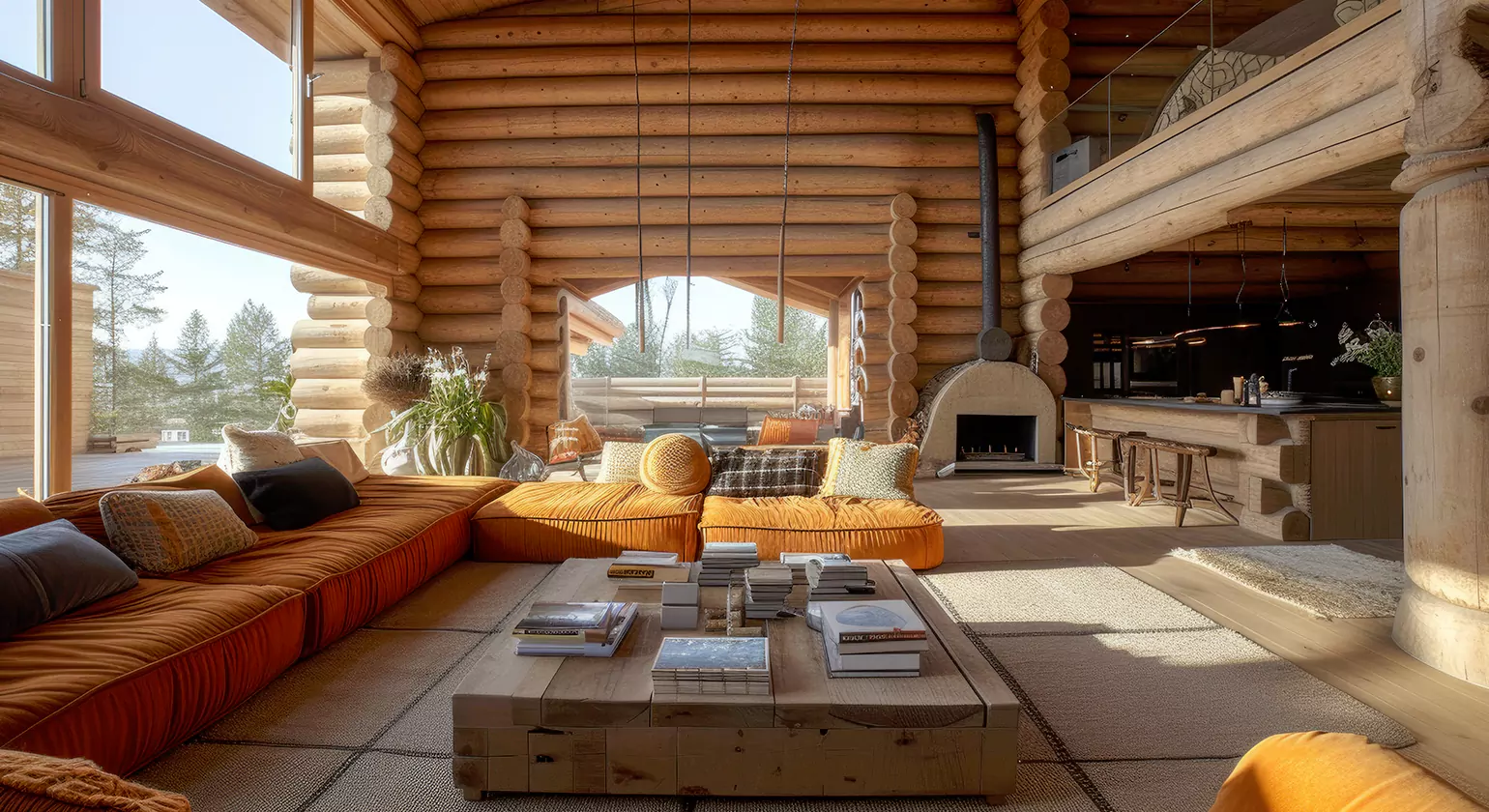
When building a white log cabin, choosing the right builder is essential. Whether you want a turnkey custom home or a DIY-friendly log cabin kit, these providers offer solutions that match different budgets and design preferences.
Best Companies for Prefab and Custom Designs
- Honest Abe Log Homes – Offers customizable cabin designs with eco-friendly materials.
- Battle Creek Log Homes – Known for high-quality white pine and cedar kits.
- Southland Log Homes – Delivers across the U.S. with a wide range of white-stain-ready packages.
- Coventry Log Homes – Offers beautiful kits ideal for DIYers, with easy-to-modify plans.
- Log Cabin Homes (Rocky Mount, NC) – Features both affordable kits and luxurious custom options.
These builders offer everything from small cabins under 800 sq ft to expansive luxury homes over 3,000 sq ft, often with whitewashed or paint-ready finishes.
What to Look for in a builder
Choosing a builder isn’t just about price—it’s about reputation, support, and quality. Look for:
- Experience in white log finishes (paint, stain, or chinking techniques)
- Energy-efficient options like double-glazed windows and proper insulation
- On-site assembly help or comprehensive instructions for kits
- Flexible design modifications to suit your site and preferences
Always read reviews and request references or walkthroughs of past projects.
Cost Considerations and Packages
Costs for white log cabins vary based on size, location, finish, and customization.
Typical price ranges:
- DIY kits: $50,000 – $120,000 for 500–1,000 sq ft
- Turnkey builds: $150,000 – $350,000+ depending on amenities
- Luxury or large-scale cabins: $400,000 and up
Most kits include pre-cut logs, roofing materials, windows, and doors, while full builds also offer plumbing, electrical, and finishing.
Cost-saving tip: Opt for white-stain finishes on natural wood instead of full paint jobs to preserve wood texture while achieving the bright look.
Inspiration Gallery: Real-Life White Log Cabins
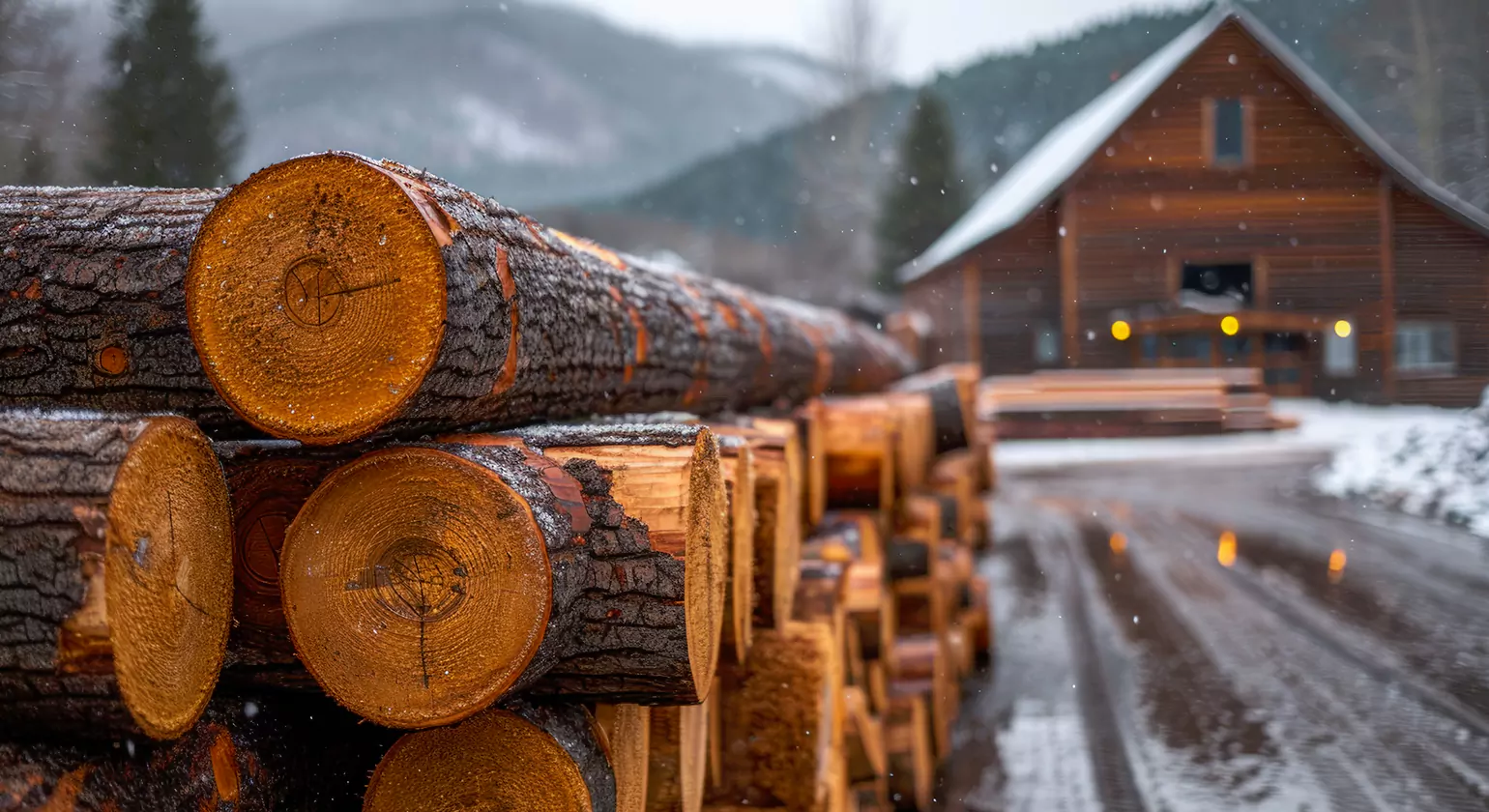
Seeing real-world examples can inspire your own design choices. Here are some stunning white log cabins that showcase how traditional elements meet modern flair.
Stunning Photo Showcases
Browse images of white log cabins with:
- Black metal roofing and matching trims for modern contrast
- All-white exteriors with vintage shutters and stone chimneys for farmhouse appeal
- Rustic wood and white combinations for a cozy, textured look
- Open-concept interiors with natural light and Scandinavian decor
Use platforms like Pinterest, Instagram, and Houzz to build your vision board.
Before-and-After Transformations
Many homeowners start with dark-stained cabins and transform them with paint or whitewash. Before-and-after galleries highlight the dramatic changes, a white finish can bring, including:
- Increased brightness and space perception
- Enhanced resale value and curb appeal
- A modern, fresh aesthetic
These transformations often include updated decks, landscaping, and interiors to complete the look.
Reader-Submitted Designs
Nothing is more inspiring than real stories. Many cabin blogs and builder websites feature user-submitted white log cabin photos, complete with tips and lessons learned during the building process.
Common reader insights:
- Favorite paint or stain products for long-lasting results
- Creative storage solutions in smaller cabins
- Tips on choosing exterior accents like window boxes or stone skirting
Consider submitting your own photos once your cabin is complete—you could inspire the next reader!
Budgeting for a White Log Cabin
Planning your dream white log cabin begins with understanding the cost factors, evaluating your options, and preparing for hidden expenses. Whether you’re a DIY enthusiast or hiring a full-service builder, setting a realistic budget is the foundation of a successful project.
Cost Breakdown: DIY vs. Turnkey
When it comes to white log cabins, the two most common paths are DIY kits or turnkey construction. Each comes with its own price point and pros and cons.
DIY Log Cabin Kits:
- Average price range: $50,000 to $120,000 (for 500–1,000 sq ft)
- Includes pre-cut logs, windows, doors, and a basic roofing package
- Best for hands-on builders with some construction experience
Pros:
- Cost savings on labor
- More control over the timeline
- Satisfaction of building your own home
Cons:
- Physically demanding
- Time-consuming
- Requires permits and inspections
Turnkey Log Cabins:
- Average price: $150,000 to $350,000+ depending on size and features
- Includes all construction, plumbing, electrical, finishes, and often landscaping
Pros:
- Professional-quality construction
- Faster completion timeline
- Less personal effort required
Cons:
- Higher cost
- Less customization on standard builds
Tip: If you want the look of a white log cabin on a tighter budget, consider white-stained pine or whitewashed exteriors, which are often less expensive than full white paint finishes and preserve the wood grain.
Hidden Costs to Consider
Many first-time cabin owners are surprised by the unexpected costs. Planning ahead can help avoid budget overruns.
Common hidden expenses:
- Land preparation and foundation work
- Utility hookups or off-grid systems
- Building permits and zoning compliance
- Interior finishes (appliances, flooring, cabinetry)
- Transportation and delivery of materials
- Maintenance supplies (paint, sealants, tools)
Budget tip: Add 10–15% contingency funds to your estimated budget to handle unforeseen expenses.
Financing and Loan Options
Financing a white log cabin is slightly different from a traditional home. Many lenders offer construction loans, land loans, or log home-specific financing.
Popular financing options:
- Construction-to-permanent loans: Convert into mortgages after completion
- Owner-builder loans: For those building the cabin themselves
- Modular or prefab home loans: Easier to qualify for kit-based cabins
- HELOC or personal loans: Useful for renovations or add-ons
Work with lenders who have experience with log cabin financing, and be prepared with detailed plans, costs, and timelines.
Environmental Benefits of Choosing a White Log Cabin
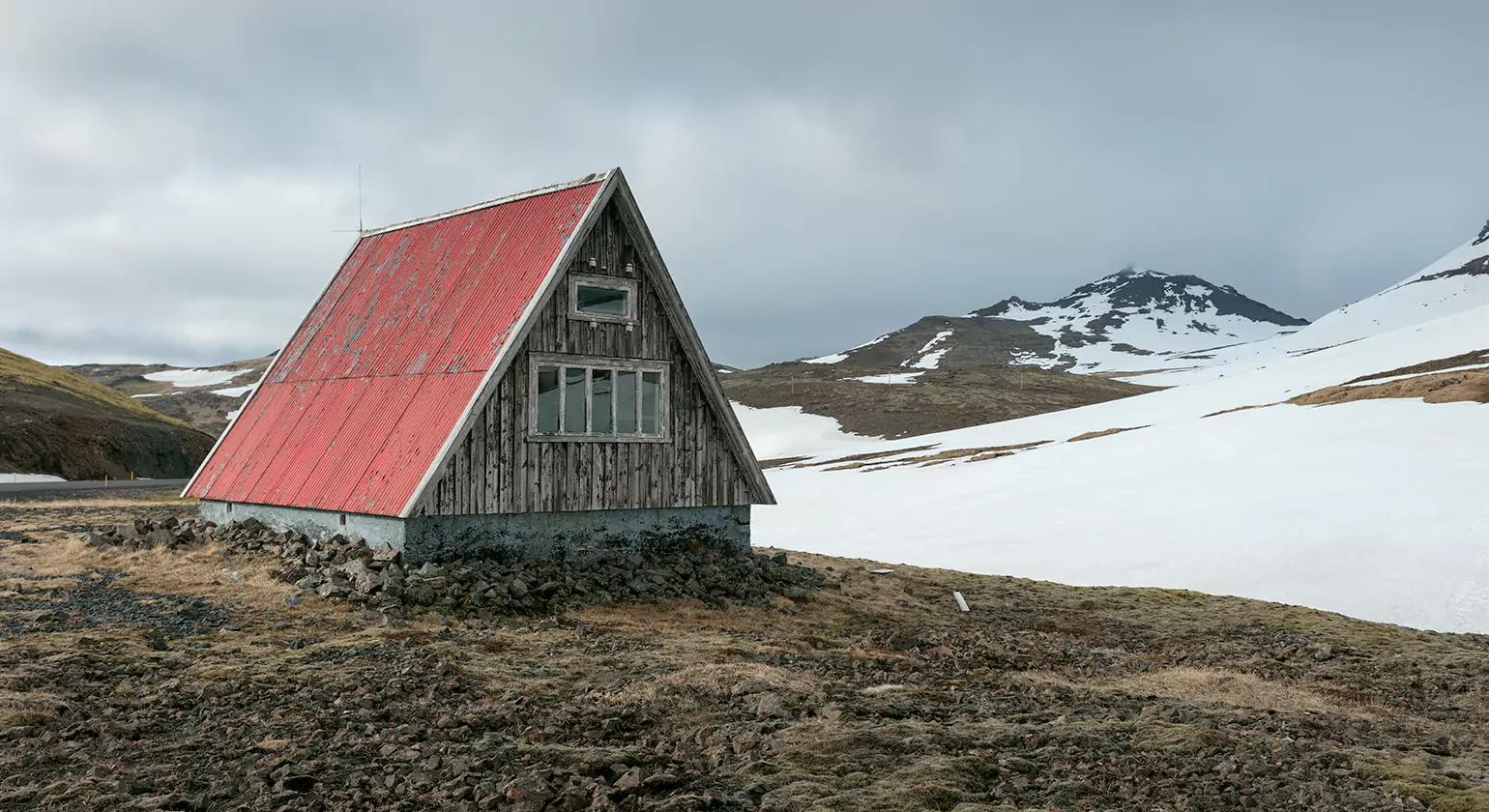
Beyond aesthetics and comfort, white log cabins are an eco-conscious choice that supports sustainability, energy conservation, and environmentally responsible living.
Sustainable Materials
White log cabins are often made from renewable and responsibly harvested wood, such as pine, cedar, or spruce. These materials have a lower carbon footprint compared to concrete or steel.
Sustainable practices include:
- Reclaimed or salvaged wood
- Locally sourced lumber to reduce transportation emissions
- Non-toxic paints and stains for white finishes
Many builders also offer FSC-certified wood options, ensuring the logs come from forests managed for environmental responsibility.
Energy Conservation Benefits
Log cabins are naturally energy-efficient thanks to the thermal mass of the logs. White finishes enhance this by reflecting sunlight, keeping interiors cooler during warmer months.
Additional energy-saving features:
- Proper chinking and sealing to prevent heat loss
- Double- or triple-pane windows to improve insulation
- Passive solar design using large south-facing windows
Together, these features reduce reliance on HVAC systems and lower utility bills.
Eco-Conscious Design Tips
If you’re building a green, white log cabin, consider these eco-friendly design choices:
- Install solar panels for renewable energy
- Use recycled or reclaimed materials for flooring, countertops, and furnishings
- Add rainwater collection systems for irrigation
- Incorporate native landscaping that requires less water and maintenance
- Install composting toilets or greywater recycling systems
Design tip: Incorporate natural lighting, cross-ventilation, and eco-friendly insulation to create a truly sustainable space.
Conclusion: Why White Log Cabins Are the Future of Rustic Living
White log cabins beautifully combine the warmth of traditional craftsmanship with the elegance of modern design. Their clean, bright aesthetic enhances both exterior curb appeal and interior comfort, making them ideal for a wide range of architectural styles—from Scandinavian minimalism to farmhouse chic. Whether nestled in the mountains, by a lake, or surrounded by woodland, these cabins offer a peaceful retreat that never goes out of style.
Beyond their visual charm, white log cabins deliver long-term value through energy efficiency, sustainability, and adaptability. They are perfect for vacation getaways, full-time living, or investment properties like Airbnb rentals. With eco-conscious building options, smart home features, and endless customization potential, white log cabins are more than just homes—they’re a reflection of a modern rustic lifestyle that prioritizes beauty, function, and harmony with nature.
Know more>>> The Rise of Log Home Castles in 2025
FAQ’s
1. What is a white log cabin?
A white log cabin is a traditional log structure that features a white exterior finish, either through paint, whitewash, staining, or bleaching. This look blends rustic charm with a modern, clean aesthetic that suits various styles like farmhouse, Scandinavian, or coastal design.
2. Are white log cabins harder to maintain?
Not necessarily. While lighter finishes may require more frequent touch-ups, using high-quality weatherproof paints or stains can help minimize upkeep. Regular maintenance like sealing, cleaning, and UV protection can keep your white log cabin looking fresh for years.
3. How much does a white log cabin cost?
The cost depends on size, materials, and construction type. DIY kits typically range from $50,000 to $120,000, while turnkey custom builds can range from $150,000 to over $350,000. Factors like land, permits, and utilities can also affect the final price.
4. Can I buy a prefab white log cabin kit?
Yes, many reputable builders offer white log cabin kits that are either pre-finished or ready for custom painting or staining. These kits are great for DIYers and come with pre-cut logs, windows, doors, and detailed assembly instructions.
5. Do white log cabins work well in all climates?
Yes. The natural insulation properties of log homes make them ideal for both cold and warm climates. White finishes also reflect sunlight, helping to keep interiors cooler in warmer regions. Proper sealing ensures year-round comfort and energy efficiency.
6. Are white log cabins eco-friendly?
Absolutely. When built with sustainable wood and energy-efficient features, white log cabins are an environmentally friendly choice. Many builders offer eco-conscious designs using FSC-certified timber, solar panels, and reclaimed materials.
7. What design styles complement white log cabins?
Popular styles include Scandinavian minimalism, modern farmhouse, coastal chic, and boho-rustic fusion. White exteriors offer a versatile base that pairs well with natural textures, muted tones, and minimalist furnishings.
8. Can white log cabins be used as vacation rentals?
Yes, they are excellent for Airbnb or short-term rentals due to their unique aesthetic and cozy feel. White log cabins in scenic locations like lakesides, mountains, or wooded areas are especially popular and in high demand for weekend getaways.
9. What are some hidden costs of building a white log cabin?
Beyond the initial construction, you should budget for land clearing, foundation work, utility installation, painting or staining, and long-term maintenance. A 10–15% contingency fund is recommended to cover unexpected expenses.
10. How do I choose the right builder for a white log cabin?
Look for a builder with experience in log cabin construction and white finishes. Check reviews, request references, and ensure they offer customization options, energy-efficient upgrades, and support throughout the building process.

